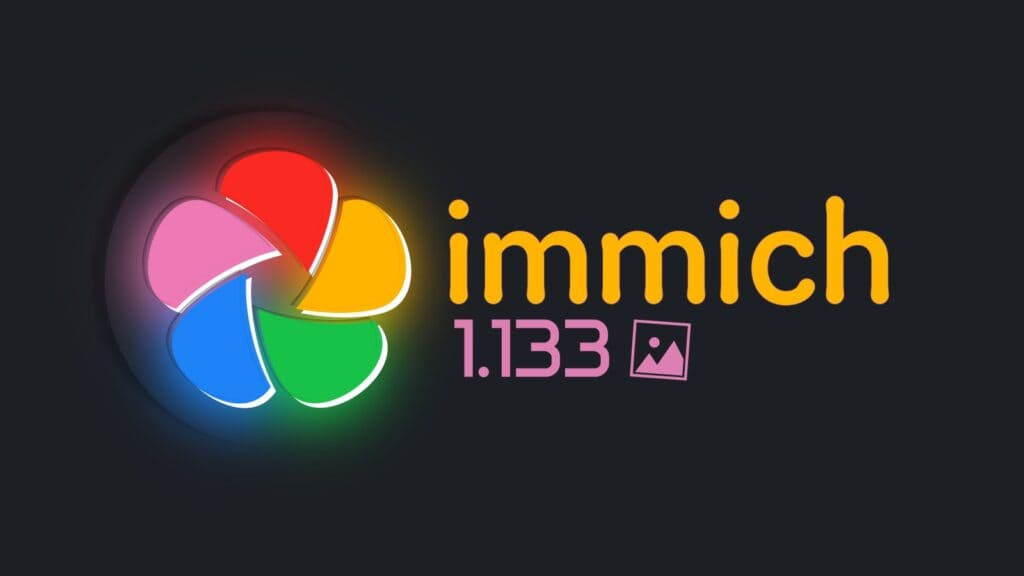Immich, an open-source self-hosted photo and video backup solution, has just released version 1.133, jam-packed with refinements, fresh features, and a major database overhaul.
First and foremost, administrators should note two critical migration caveats:
- Mobile app compatibility. The mobile client must match the server version (v1.133). Otherwise, functionality will break. At the time of writing, updated mobile builds are live on both iOS and Android app stores.
- Upgrade path. Direct upgrades are only supported from v1.107.2 or later. If your instance predates that, you must first jump to v1.107.2, confirm a successful startup, and then continue to v1.133.
Finally—and perhaps most notably—the core database extension has switched from the deprecated pgvecto.rs to its successor, VectorChord. Before implementing this migration, however, back up your database and then adjust your Docker Compose configuration to point to the new image, “ghcr.io/immich-app/postgres:14-vectorchord0.3.0-pgvectors0.2.0.”
After a restart, Immich transparently reindexes large tables—a process that can take seconds to minutes, depending on the hardware and asset count. Now, to the novelties.
Beyond the underlying database shift, Immich 1.133 delivers a suite of user-facing improvements:
- VectorChord database extension. Faster, more RAM-efficient, and higher-quality vector searches, setting the stage for swifter facial recognition and media retrieval.
- In-app notifications. Gone are invisible backup failures: now, any database backup issue surfaces directly in a new “Notifications” panel on the web client.
- Map view in albums (web only). With a single click, see all geotagged assets plotted on an interactive map—ideal for reliving road trips or outdoor adventures.
- Locked folder. Secure your private photos behind a PIN or biometric lock, accessible only via a dedicated sidebar (web) or library tab (mobile).
- Google Cast support (web only): You can cast images, videos, or slideshows to Chromecast-enabled devices, provided your instance runs on a public HTTPS endpoint.
- User detail page. An enhanced management interface now allows admins to drill into individual user statistics, feature enablement, and usage trends.
- RTL text support (web). Right-to-left languages are fully supported, and responsive styling accommodates diverse international audiences.
- Performance improvements in the web timeline. Scrolling performance has been supercharged: thumbnail requests cancel on fast scrolls, and data packets are trimmed to roughly 30% of their former size.
- Bug fixes and enhancements. Numerous community-driven patches, from thumbnail caching on mobile to OAuth token-endpoint flexibility, round out this release.
For more information on all changes, see the release’s changelog.

This project is:
!! NOT READY FOR PRODUCTION! DO NOT USE TO STORE YOUR ASSETS !!
This project is under heavy development, there will be continuous functions, features and api changes.